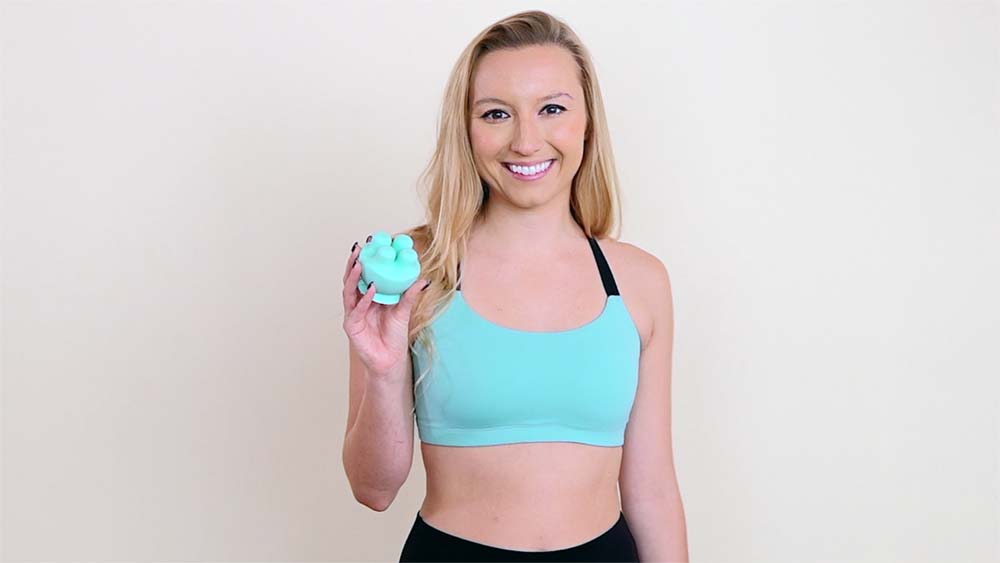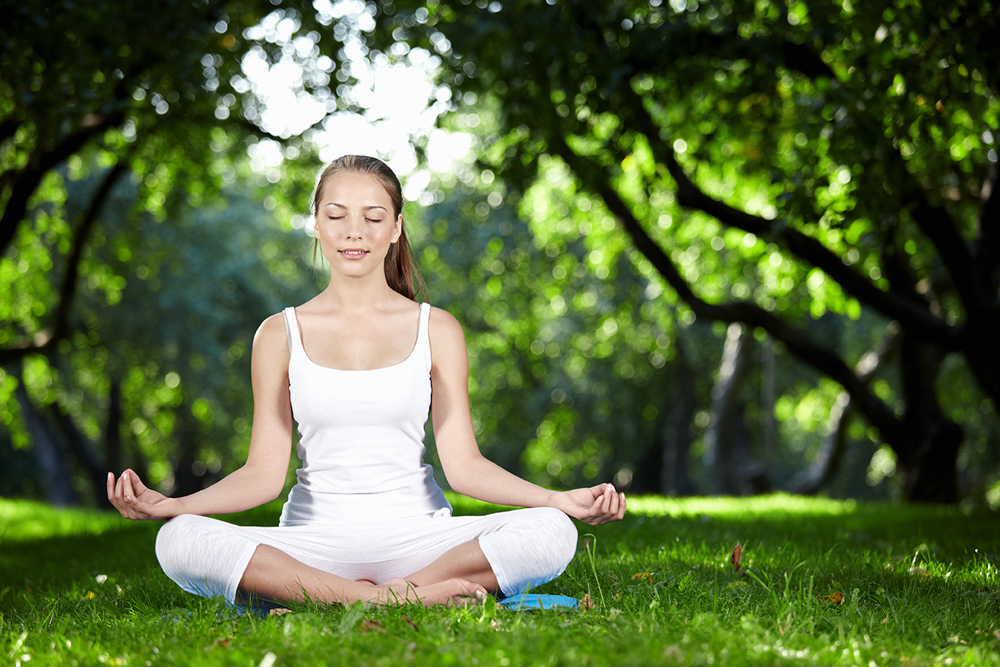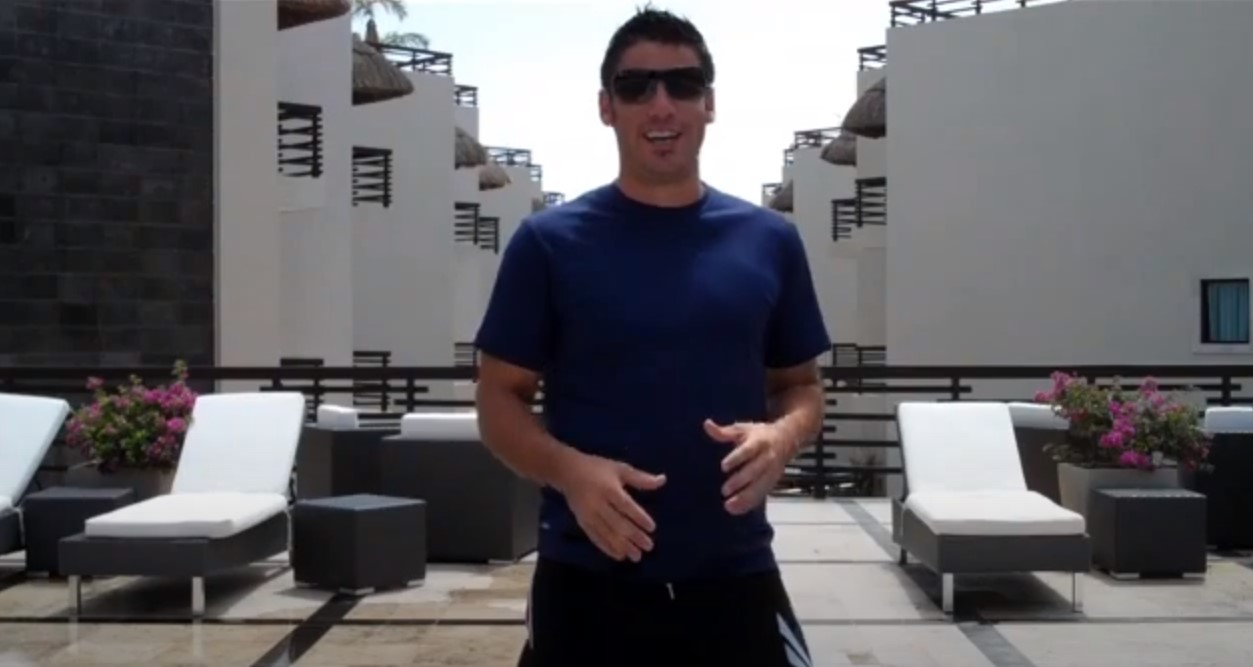During my time at University of Miami, I was blessed to have the help from the Physical Therapy Department with a rehabilitation program that could be well-integrated into a training program. This helped me reduce joint pain, balance out my muscles, and finally get in shape. Today, I’d like to share this program with you. It was centered around my shoulders and the shoulder pain I was experiencing, so I thought this may help A TON of people out there who could be suffering from similar injuries or aches and pains.
If this helps you, or if you think it could help someone you know, please be sure to leave you comments and feedback below. Also, I’m depending upon you to spread this information far and wide by clicking at least one of the social media icons on this page and sharing it with all of your loved ones and friends.
Deal?
Here we go – Shoulder Muscle Balancing:
Shoulder muscle balancing programs come down to repositioning of the shoulder onto what’s called an ‘incline plane,’ which basically means that your rotator cuff no longer has to do unnecessary work. It’s a simple focal point for your training program, although it’s going to sound a bit overwhelming at first. Here are the most important muscles of the shoulder girdle:
- Trapezius (more accurately broken down into upper, middle, and lower)
- Rhomboids
- Lats
- Deltoids (more accurately broken into anterior, posterior, and middle)
- Pecs (more accurately broken down into Major and Minor)
- Triceps
- Biceps
- Serratus Anterior (Boxer’s Muscle that sticks out from your side)
- Rotator Cuff (more accurately broken down into internal and external rotators)
Then comes the surrounding areas that affect shoulder rehabilitation:
- Head on Neck (changes everything when sidebent or out of place)
- Neck (cervical alignment)
- Ribcage (intercostal muscles and breathing pattern abnormalities)
- Thoracic Spine (usually limited in extension, or backwards bending)
- Lumbar Spine (if extended, it’s very difficult not to have forward shoulder)
- Hip Flexors (when tight, they affect your entire spinal position and force thoracic restrictions)
So, the logical solution is to balance out these areas and take away the strain. Here’s what’s needed in order to do so:
- Assess your posture
- Correct for ‘Forward Shoulder’ or ‘Forward Head’ (meaning rounded shoulders or your head jutting out forward when you take a picture from your side)
- Learn how to ‘belly breathe’ through your diaphragm, instead of through your shoulders (belly out, not shoulders up, especially during exercise)
- Strengthen Your Shoulders: This includes your Lats, Rhomboids, Middle Trap, Lower Trap, and Posterior Deltoids
- Mobilize (active stretching) your Pecs, Lats, Thoracic Spine, and Hip Flexors
- Strengthen your core for all overhead exercises, so you have proper support.
- Train ‘Proprioception,’ or ‘position sense’ by working on closed-chain, or weight bearing exercises with your upper body, while watching shoulder posture
- Work close to your body before working further away (your shoulder is more stable when your elbows are near your side – you lose stability and require more support as you extend your arms in front of yourself or overhead)
- Strengthen your Rotator Cuff, functionally, by constantly paying attention to shoulder posture and position with exercises, as well as working the individual movements of each rotator cuff muscle.
- Integrate the rest of your body into these movements by adding complexity to your exercises once in the right position (for example, a squat and press is an integrated whole body movement that targets lower body movement, spinal movement, and requires you maintain proper shoulder, head, and neck posture while you move)
Finally, don’t forget to stretch all the right muscles.
Here’s a great video on how to properly stretch all of the muscles surrounding your shoulder girdle. You’ll love it, and don’t forget to comment:
Did this post help you?
Please comment below and let me know…
About Author
Dr. Kareem Samhouri
Dr. Kareem Samhour is known as (perhaps) the best Doctor of Physical Therapy & Kinesiologist on the internet. People come to him for results when other methods fail, injury gets in the way, or health situation is more complicated. Dr. Kareem Samhouri exercising In fact, he and his companies reach a combined total of 1.5 MILLION people on a daily basis to help them with their health. If you ever saw Dr. Kareem on the street and mentioned something was going on with your health, however, he would volunteer and offer to help you for free... that's the Dr. Kareem way.







